Cricket is a team sport that requires a delicate balance of leadership, strategy, and individual performance. The role of a captain is integral to the success of any team, as they must be able to manage resources, make key decisions, and inspire their players. Traditionally, cricket captains have often been batsmen, largely due to the belief that a captain should be someone who is constantly on the field and influencing the game with their bat. However, over the years, several bowlers have stepped into the role of captaincy, proving that a bowler can, in fact, lead a team successfully.
In this article, we will explore whether a bowler can be an effective captain, looking at the history, challenges, and examples of bowlers who have captained their teams. We will also consider the skills and attributes that a bowler must possess to lead successfully.
The Role Of A Captain In Cricket
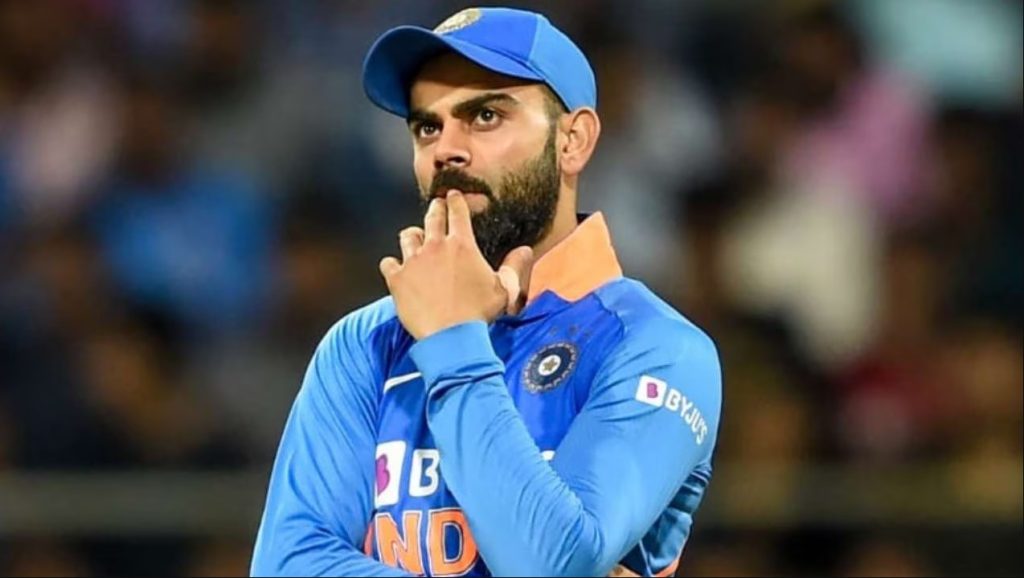
A cricket leader has several responsibilities, including:
Tactical decisions: The leader must make quick, strategic decisions during the match, including setting the field, deciding when to bowl which bowler, and managing batting orders.
Player management: The leader must maintain good relationships with the team members, motivate them, and ensure that everyone is performing at their best.
Mental strength: Captains must stay composed under pressure, especially in tight situations, and guide the team through challenging moments.
Leadership off the field: The leader is often the spokesperson for the team and is responsible for maintaining team morale and promoting the sport’s spirit.
Historically, the role of a leader has often been associated with those who can be on the field for extended periods, particularly batsmen. The idea was that a batsman’s ability to play for long stretches and be a consistent scorer gave them a greater understanding of the game. However, as the game evolved, many bowlers have shown that they too can be effective leaders.
Challenges Faced By Bowlers As Captains
While a bowler can certainly become a captain, the role comes with its own unique challenges:
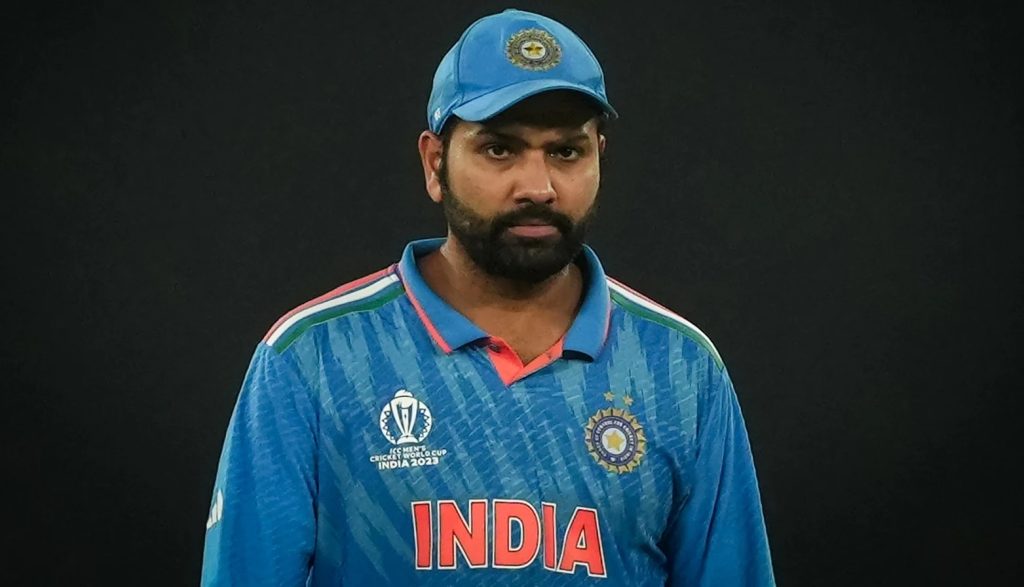
Physical demands of bowling: Bowling, especially in longer formats, is physically demanding. A bowler cannot always be at the forefront of every decision, as they must focus on their own performance and recovery between overs or spells.
Limited time on the field: Bowlers, compared to batsmen, spend less time on the field during the match (apart from fielding periods). This means they are not constantly involved in the immediate flow of the game, which can sometimes affect their ability to influence situations directly.
Strategy and tactical knowledge: While bowlers can certainly have a great understanding of the game, the captain often needs to have a wider tactical understanding. This includes setting fields and understanding the rhythms of both batters and bowlers—something that requires a broad, all-encompassing view of the game.
Pressure of leading from behind: As a bowler, you might be leading from behind the stumps, especially when the team is batting. This can sometimes make it more difficult to make real-time decisions as opposed to a batsman who is constantly involved.
Despite these challenges, there are bowlers who have succeeded in leading their teams, and their leadership qualities often stand out as much as their bowling skills.
Notable Bowlers Who Have Captained Their Teams
Over the years, several bowlers have taken on the mantle of leadership, and some of them have led their teams to success. Below is a table that lists some of the most notable bowlers who have captained their respective teams:
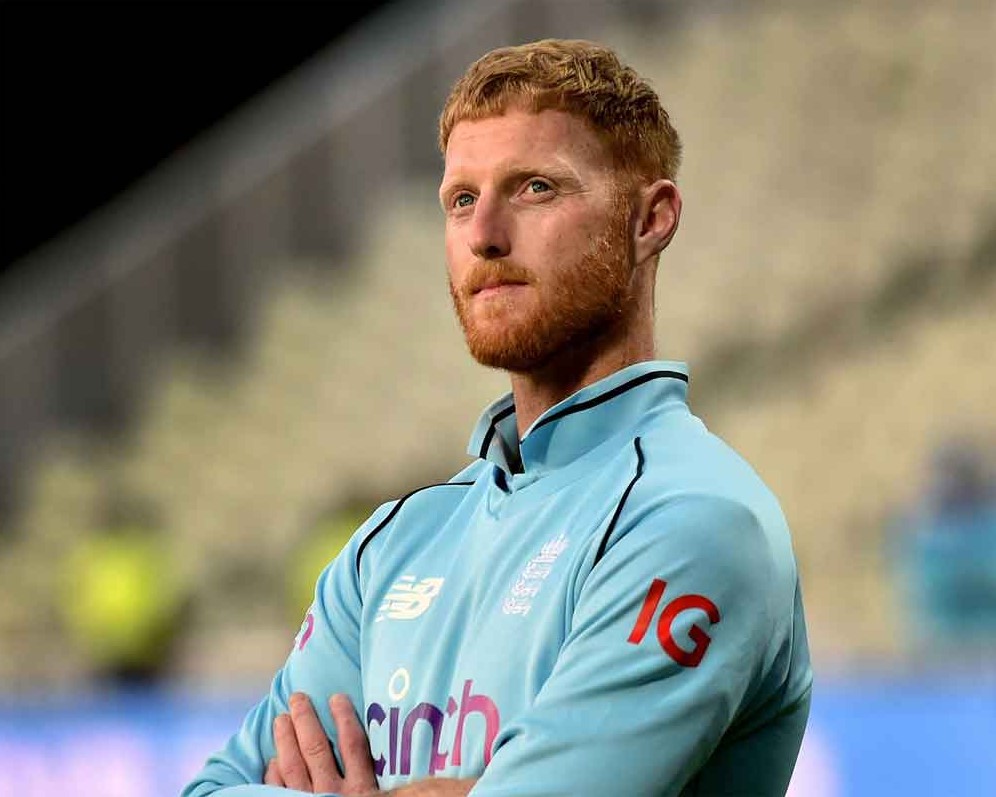
| Player | Country | Role | Captaincy Record | Achievements as Captain |
|---|---|---|---|---|
| Kapil Dev | India | Fast Bowler | Captained India in 34 Tests, 116 ODIs | Led India to their first World Cup victory in 1983. |
| Richard Hadlee | New Zealand | Fast Bowler | Captained New Zealand in 22 Tests, 115 ODIs | Led New Zealand to its first-ever series win in England in 1983. |
| Dale Steyn | South Africa | Fast Bowler | Captained South Africa in a few T20Is and ODIs | One of South Africa’s greatest bowlers, his leadership was commendable even in limited roles. |
| Shane Warne | Australia | Leg Spinner | Captained Australia in 11 Tests, 51 ODIs | Regarded as one of the greatest spin bowlers, his leadership was instrumental in several key series. |
| Misbah-ul-Haq | Pakistan | Batting All-rounder (and bowler) | Captained Pakistan in 56 Tests, 87 ODIs | Led Pakistan to No. 1 Test ranking and a series win in the UAE against England in 2015. |
| Rashid Khan | Afghanistan | Leg Spinner | Captain of Afghanistan in T20Is and ODIs | Notable for leading Afghanistan with great success, especially in T20 cricket. |
Analysis Of These Captains
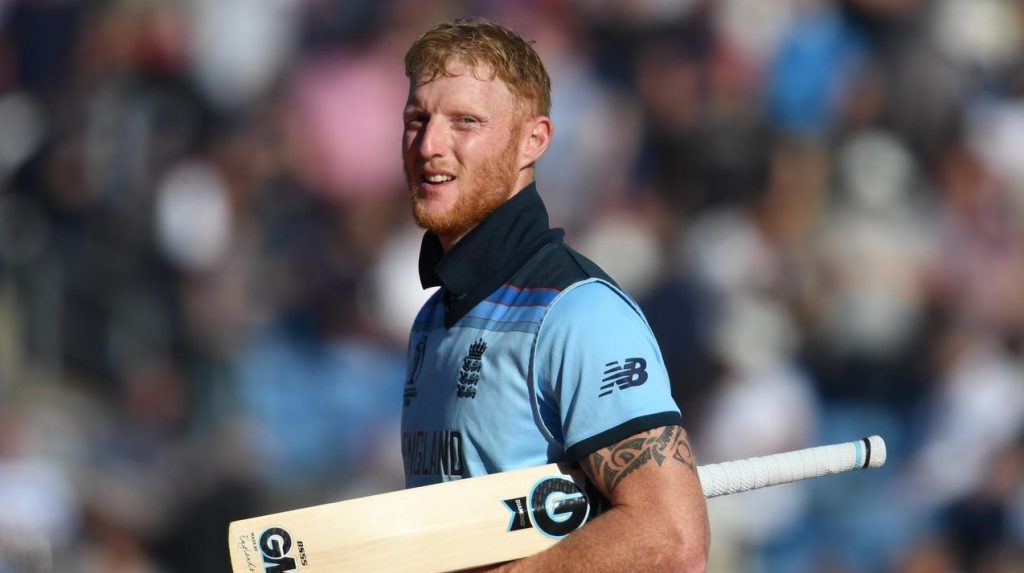
Kapil Dev: As one of India’s most iconic captains, Kapil Dev’s leadership is remembered for the 1983 Cricket World Cup win. Despite being a fast bowler, Kapil was a brilliant strategist and leader. His ability to maintain calm under pressure was key to India’s success.
Richard Hadlee: Hadlee, one of New Zealand’s best-ever fast bowlers, captained during a time when New Zealand was building its cricketing reputation. His leadership, although not as widely celebrated as others, brought tactical astuteness to the team.
Dale Steyn: Known for his fiery fast bowling, Steyn’s leadership, though short, was respected for his intensity and tactical understanding. He captained South Africa in a limited capacity, often when regular captains were unavailable.
Shane Warne: Warne is one of cricket’s greatest-ever spinners and led Australia with distinction in several ODIs and Tests. Despite being a leg-spinner, his understanding of the game and his ability to make bold, tactical moves contributed significantly to his leadership.
Misbah-ul-Haq: Misbah was a calm and composed leader who managed to turn Pakistan’s cricket fortunes around, especially in the Test format. His leadership saw Pakistan rise to No. 1 in the ICC Test rankings, and he was instrumental in developing young talent.
Rashid Khan: One of the youngest leaders in international cricket, Rashid Khan’s success as a leader has been mainly in T20 formats. His leadership in Afghanistan’s rise on the global stage has been impressive, despite his relatively young age.
Key Qualities For A Bowler To Be A Successful Captain
For a bowler to be an effective captain, certain key attributes are essential:
Tactical Acumen: The ability to set fields, understand opposing batters’ strengths and weaknesses, and know when to make changes in the bowling attack is crucial for any captain, including bowlers.
Calmness Under Pressure: Bowlers often face periods of intense pressure during a match. The ability to stay calm and make the right decisions while under the spotlight is a valuable leadership trait.
Understanding Team Dynamics: A bowler must also understand the dynamics of his teammates, whether they are other bowlers, batsmen, or all-rounders. Building strong relationships is key to creating a successful team atmosphere.
Ability to Lead by Example: A bowler’s performances on the field often speak volumes. Leading by example, whether through exceptional bowling, a solid work ethic, or setting a high standard in practice, helps inspire the team.
Mentoring Young Players: Bowlers who are captains have the opportunity to mentor other bowlers and young players. A good captain should be able to guide players, share insights, and build the team’s confidence.
Can A Bowler Be The Captain?
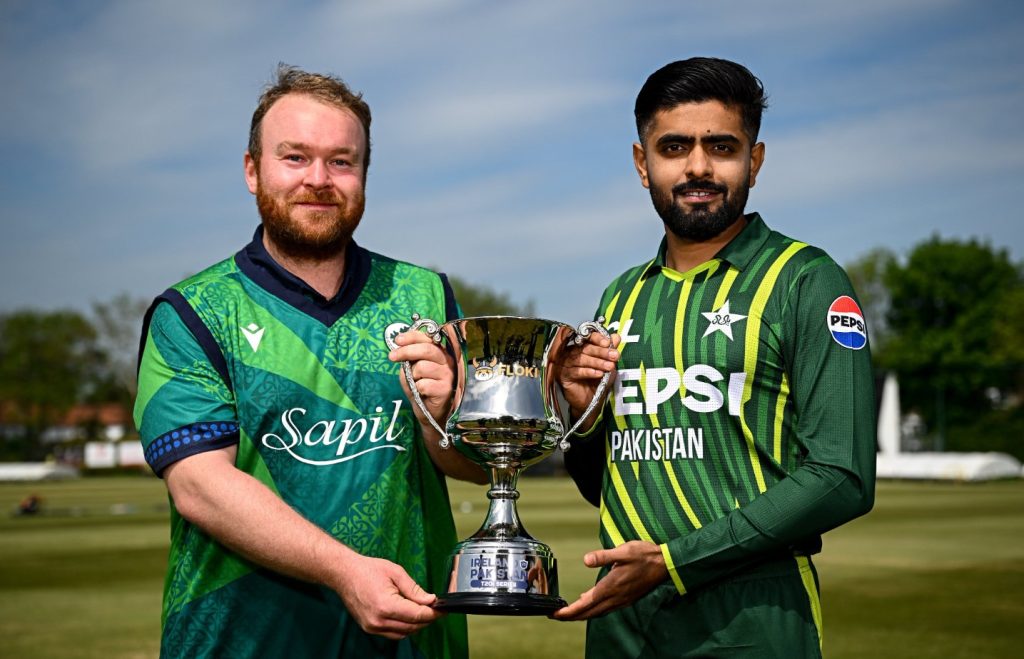
In conclusion, while the role of the cricket captain has traditionally been associated with batsmen, a bowler can undoubtedly be an effective captain. The leadership abilities of bowlers such as Kapil Dev, Shane Warne, Misbah-ul-Haq, and Richard Hadlee have shown that bowlers can excel in the strategic aspects of the game and lead their teams to success.
For a bowler to be successful in this role, they must possess strong tactical knowledge, emotional composure, and the ability to inspire their team. Bowlers may not have the same level of influence on the field as batsmen, but they can still lead effectively by making well-timed decisions and by serving as strong, supportive figures for their team.
Ultimately, leadership in cricket is about much more than the role you play on the field; it is about the ability to inspire, motivate, and make the right calls under pressure, and bowlers have proven time and again that they are more than capable of fulfilling this role.

